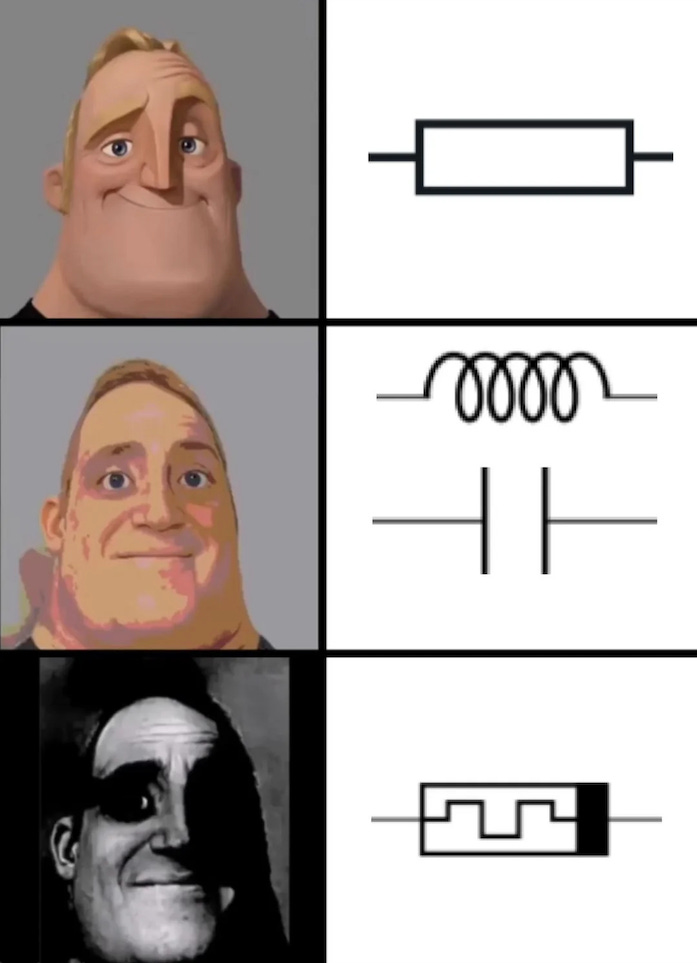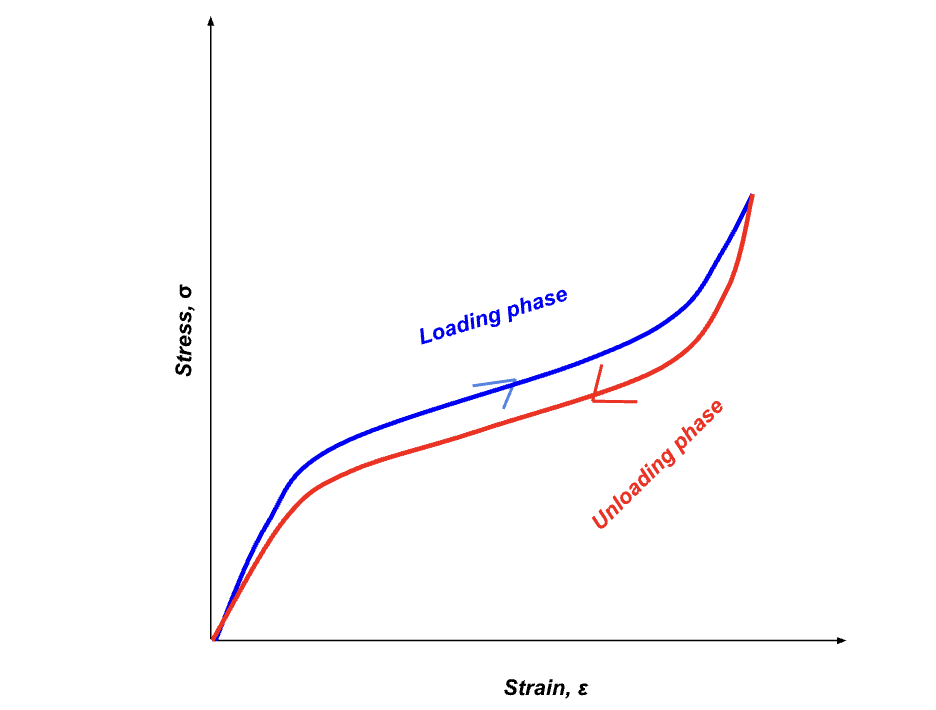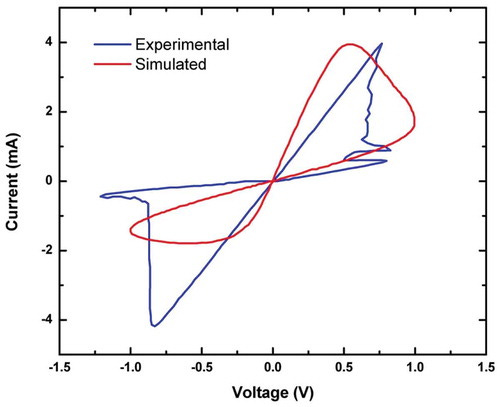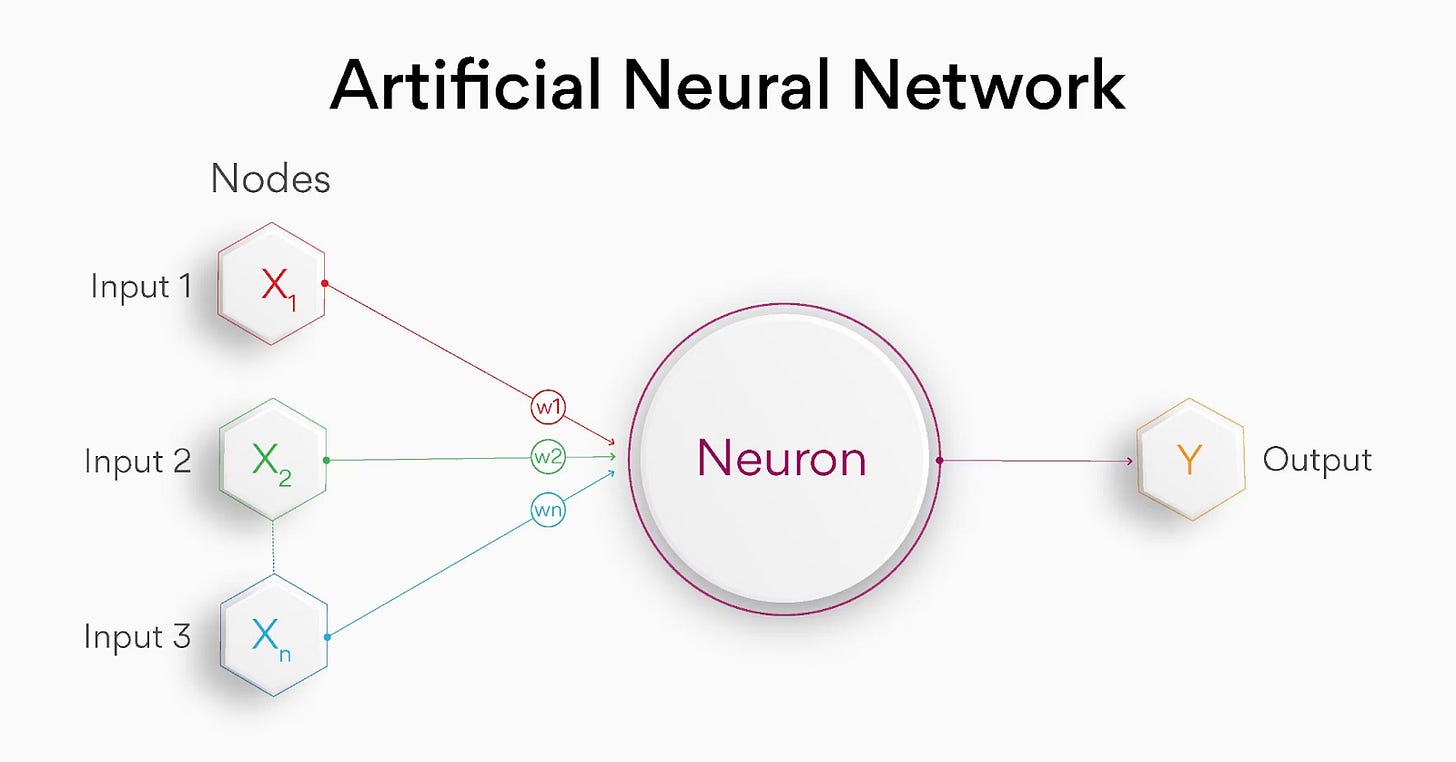⚙️ Mechanical Engineering Resources:
We have put a dozen guides for mechanical engineering students and early professionals on our website
50 Hardware Startups who have raised less than $50 million (perfect internship targets)
How to handle The Behavioral Interview
What it take to be The 10X Intern
💼 Jobs & Internships
Internship season is in full swing! The race is on!
Freshmen - Check out our 4-Year Plan for how to get internships at startups!
Sophomores - Apply To These Positions
Oatey Enginnering Intern - R&D
Bombardier Mechanical Engineering Intern
General Atomics Additive Manufacturing Engineering Intern
Juniors - Full Send Longshots!
Rocket Lab Manufacturing Engineering Intern
Wisk Aero Mechanical Engineering Intern
Lumafield Mechanical Engineering Intern
Seniors & Graduates - It’s Go (Full) Time!
Super Tough:
TikTok Mechanical Design Engineer
VAST Mechanical Engineer - E2 Development
Tesla Manufacturing Engineer - Dojo
More Reasonable:
Oceaneering Mechanical Engineer
UPS Aircraft Engineering - Avionics
Textron Mechanical Engineer - Early Career
Honeywell Mechanical Engineer I
Not seeing what you are looking for? Check out our Job Board for more MechE positions!
👶 Meme Of The Week
💡Research Spotlight!
Part of a new series on emerging technologies, this week we are going to discuss “memristors,” an exciting new alternative technology to transistors. This article was guest written by HWH reader and researcher in the memristor space, Ali Attarwala. Ali currently works at Visby medical in San Jose and is very passionate about the mechanical product design space in the Bay Area.
Before we get to memristors, let’s talk about the underlying phenomenon that enables them, hysteresis! You may already be familiar with hysteresis as it’s a phrase commonly used in reference to both strain gauges and stress strain curves.
Hysteresis is a phenomenon where a system's output or response depends on its history, not just its current state. In other words, the system "remembers" past states, causing a lag or delayed response to changes in input. This creates a looped or non-linear relationship between input and output when graphed, as opposed to a simple, direct line.
Elastic Hysteresis: In many materials, including rubber, metals, and some plastics, the stress-strain relationship can exhibit hysteresis. This means that when the material is stretched and then released, it does not return to its original shape along the same path it took during stretching, resulting in a hysteresis loop.
Magnetic Hysteresis: In a magnetic material, the magnetization (output) depends not only on the current magnetic field (input) but also on the material's magnetic history. When the magnetic field is cycled, the magnetization lags behind, creating a loop on a graph of magnetic field vs. magnetization.
Hysteresis is not limited to engineering problems. It is also observable in natural processes such as climate systems, biological functions, and even human behavior. In ecology, for example, the recovery of an ecosystem from disturbances like deforestation follows a different path from its initial degradation. The system's response depends on its history and the current conditions. For instance, after deforestation, the soil may lose nutrients, biodiversity may decline, and microclimates may shift, making it harder for the forest to regrow even if trees are replanted. These changes create a feedback loop that prevents the ecosystem from returning to its original state along the same trajectory. In biology, muscle contraction and relaxation exhibit hysteresis due to the history of loading and unloading forces, influencing the way muscles respond to repeated strain. Lifting a weight the first time vs the 100th time will feel very different to your muscles. Similarly, in psychology, memory and learning show hysteresis-like effects where previous experiences shape current responses and how past states impact present behavior. Hysteresis is always present in systems that adapt, change, or respond to external forces over time.
Now to the juicy stuff! What are memristors and how do they work?
Memristors, short for "memory resistors," are a unique type of electronic component that can change their resistance based on the history of voltage or current applied to them. First conceptualized by Dr. Leon Chua in 1971 at HP Labs, memristors are distinct from conventional resistors in their ability to store information. While traditional resistors have a fixed resistance and cannot retain data, the hysteresis in memristors provides resilience and persistence in memory applications. It enables devices to retain data even in the face of power fluctuations, which is essential for creating low-power, highly durable memory storage.
The hysteresis in memristors specifically refers to their property of retaining a memory of past electrical states, which creates a non-linear, looped relationship between voltage and current when graphed, similar to what we saw earlier in the stress-strain example. This hysteresis loop enables the device to operate as both a storage and processing unit simultaneously, reducing the need for separate memory and computation hardware.
In applications like artificial intelligence, this allows them to mimic the adaptive learning process of biological neurons (i.e. “neuromorphic computing”), enhancing the development of energy-efficient, adaptable AI systems. Just as synapses adjust their strength based on past neural activity to influence how signals are transmitted, memristors can adapt their resistance to transform electrical inputs into desired outputs. As AI and neural nets are largely about trying to mimic the brain, this is HUGE news. In typical transistor based systems, working information is held in RAM (quick to access, volatile) while semi-permanent information usually has to be written to cache or disk, which can dramatically slow down processing time. Also, in the event of power loss, anything held in RAM is forgotten.
To visualize this, imagine each memristor as a tiny, adaptable bridge between input and output. When a signal passes through, the memristor adjusts its "weight" or resistance based on the signal's characteristics and history, effectively learning and optimizing for the next signal it processes. This dynamic adjustment is what allows memristors to influence hardware systems to perform tasks like pattern recognition, decision-making, and adaptive learning.
Memristor Barriers
Memristors are a super intriguing piece of tech, but they’re not without their challenges, which is why we haven’t seen them hit the mainstream yet. At their simplest, memristors are like tiny sandwiches—thin films stacked between two metal electrodes. They’re made using microfabrication techniques like atomic layer deposition and sputtering, which are great for getting precise material thickness. But that precision also comes with a heap of complications.
Memristors, unlike transistors, rely on physical changes in materials instead of just tweaking electron flow. One big issue then becomes wear and tear. As these atomic movements happen over and over, the materials can start to break down. Think cracks, fatigue, or even layers peeling apart. Current memristors can handle millions (or even billions) of cycles, but ensuring devices stay reliable is still a big puzzle, especially at the current scale of processing units. As memristors shrink to compete with transistors—some are already hitting a few nanometers—the margin for error gets even tinier. Memristors are already becoming capable of competing with cutting-edge transistors like 5nm FinFETs in terms of size and predicted processing capabilities. The challenge then becomes figuring out how to mass-produce them reliably and integrate them into existing workflows.
The semiconductor world is built around silicon-based transistors, which current memristors cannot integrate into. They often need different materials, like titanium dioxide (TiO₂), hafnium dioxide (HfO₂), or aluminum nitride (AlN). These materials all have significant differences in relation to silicon based processing such as different deposition techniques, temperature needs, and vacuum conditions which don’t always mesh well with the ultra-optimized CMOS processes already in place. Add in strict thermal and contamination constraints, and it’s easy to see why adapting memristors is a costly headache.
Current Memristor Research
On the other hand, ferroelectric materials like AlN bring something cool to the table. These materials can hold an electric polarization that flips when you apply a field, making them great for predictable, efficient switching. It’s different from magnetic materials, which rely on spin states, and it opens up countless possibilities for compact and energy-efficient designs.
I saw some of this firsthand while working at the Air Force Research Lab in Dayton, OH, where I built a memristor using AlN. Its ferroelectric properties allowed us to observe resistive switching, but with very fast degradation due to the size of the devices. Other researchers are diving into oxide materials where moving oxygen vacancies can change resistance. There’s no shortage of creative ideas here, and that’s what makes memristors so exciting.
In the world of AI, where processing power and energy efficiency are king, memristors have huge potential. Nvidia, for example, dominates the AI hardware game because its chips deliver more bang per “energy buck” compared to competitors. Memristors could push this even further, offering a new way to handle the energy and computational demands of the future.
Sure, hardware is hard—but it’s also where breakthroughs happen. As we look to the next frontier of tech, memristors could be the key to unlocking smarter, faster, and more efficient systems. And who doesn’t want that?








